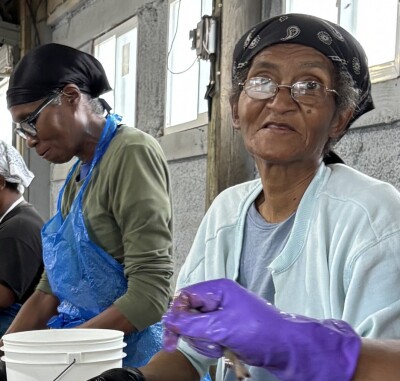The results are in, 2016 is going to be a good year for blue crabs in the Chesapeake Bay. An iconic figure embedded in the culture and cuisine of the Chesapeake Bay area, the blue crab (Callinectes sapidus) sustains the most profitable fishery in Maryland and supports thousands of fishermen and seafood businesses in Maryland and Virginia. Based on the annual winter survey conducted by the Maryland Department of Natural Resources and the Virginia Institute of Marine Science, there are nearly 35 percent more blue crabs in the Chesapeake Bay this season than there were in 2015. That’s good news, especially on the heels of a 38 percent increase the previous year.
But scientists say there is a cautionary tale in this rapid rise. Twenty seven years earlier, the Chesapeake Bay blue crab fishery was on the brink of collapse, and the population has been on a yo-yo ride ever since. Good years like 2016 inevitably get crabbers and crab-lovers excited by the notion that crabs have recovered and fishing restrictions can be loosened.
“I wouldn’t recommend that,” says Anson Hines, an expert in blue carb ecology and the director of the Smithsonian Environmental Research Center in Edgewater, Md. According to Hines, it’s not time to claim victory, recovery is still over the horizon. “Everybody has been working very hard to help the blue crab population recover. It’s up and that’s good news, but it’s a population that fluctuates a lot intrinsically, and it’s been at very low levels for a good period of time.”






